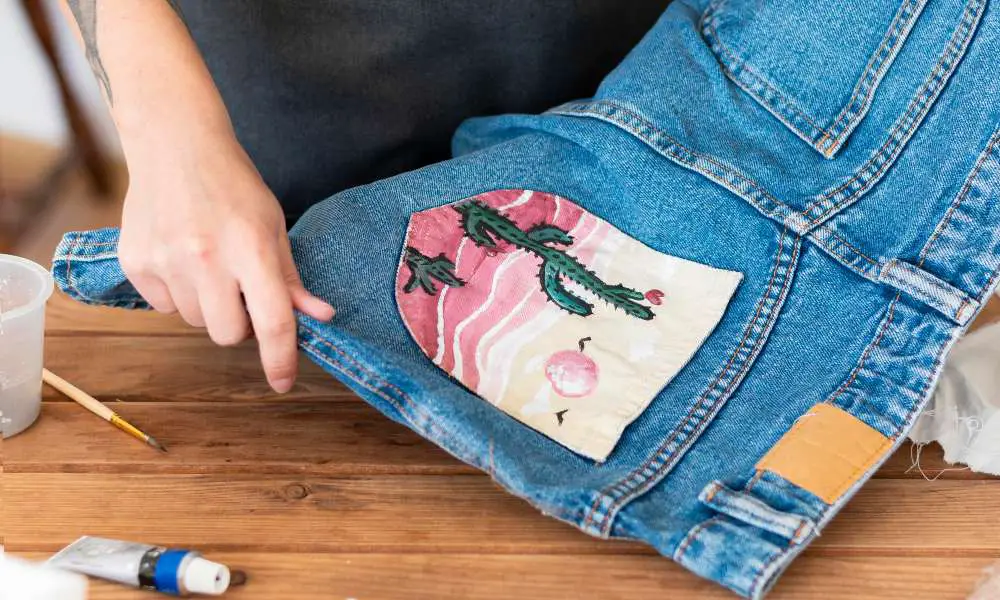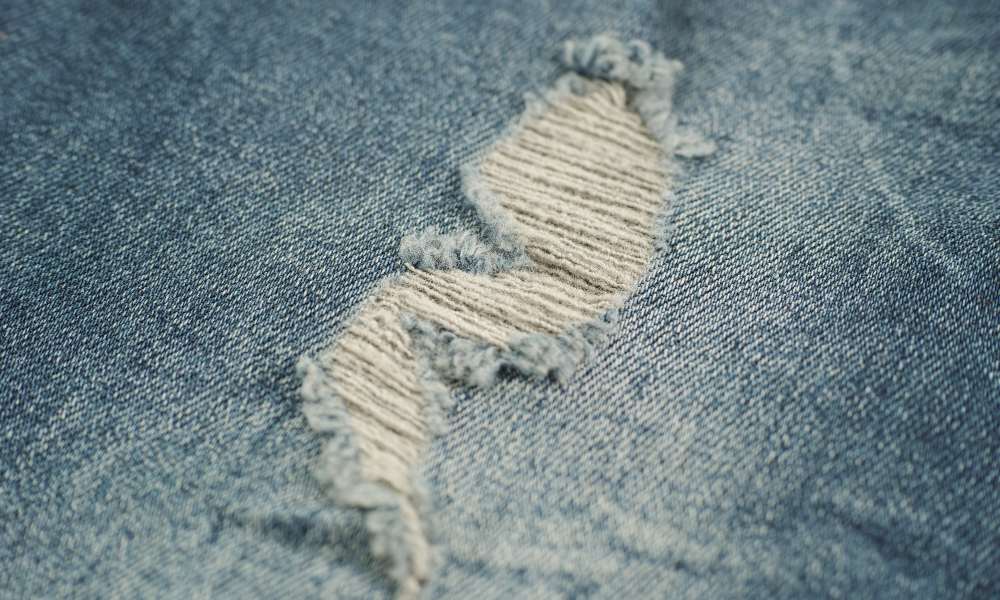“Uh oh, did your favorite pants just suffer a wardrobe malfunction?” Whether a tiny hole from everyday wear and tear or a gaping tear from an overzealous squat, a blemish on your beloved bottoms can be a sartorial travesty. But fear not, for you can breathe new life into your tattered trousers with some sewing savvy.
The Inevitable Plight of Pants
Pants, those trusty companions that shield our legs from the elements, are bound to fall victim to friction and fatigue. From the constant rubbing of denim against denim to the strain of stretchy fabric hugging every curve, holes are an inevitable plight to which no pair of pants is immune.
Why Mending Matters
While some may view a hole as a death sentence for their pants, the eco-conscious among us know better. Mending not only extends the lifespan of your garments but also reduces textile waste, making it a sustainable and cost-effective choice.
Preparing for the Pant Patch
Before you embark on your mending mission, it’s crucial to gather the right tools and assess the extent of the damage.
Gathering Your Sewing Arsenal
Essential Tools and Materials
- Sewing needles (hand sewing or machine needles)
- Thread (matching the pants’ fabric color)
- Scissors
- Thimble (for hand sewing)
- Scrap fabric or iron-on patch material
- Sewing machine (optional)
Assessing the Damage
Determining the Hole’s Severity
Is it a small hole, an enormous gash, or a tear in a high-stress area like the inner thigh? Determining the most effective repair method requires evaluating the extent of the damage.
The Art of the Pant Patch

Now, it’s time to get your hands (and needles) dirty.
Reinforcing the Rear
Patching Techniques for Back Pockets
Back pockets are notorious for developing holes, often due to the constant friction from sitting or the weight of our daily essentials. To mend these areas, you can use a denim patch or a scrap of matching fabric, carefully stitching it with a sturdy running stitch or a sewing machine’s straight stitch.
Restoring the Ravaged
Mending Holes in High-Stress Areas
You’ll want to opt for a sturdier mending method for holes in high-stress areas like the inner thigh or knees. Consider using fusible tape or iron-on patches to reinforce the area before stitching over it with a zigzag stitch, allowing for some stretch and preventing further tearing.
Enhancing the Mend
While an essential mend will restore your pants’ functionality, why not take it a step further and add a personal touch?
Embellishing with Embroidery
Creative Stitching for Personal Flair
Embroidery is a fantastic way to transform a mend into a work of art. Use contrasting embroidery floss or thread to create intricate designs, initials, or quirky patterns around the mended area, turning your repair into a unique fashion statement.
Distressing for Denim Denizens
Intentional Fraying for the Fashionably Frayed
If you’re mending a pair of jeans, consider embracing the distressed denim trend. After patching the hole, carefully fray the edges of the mend or create intentional rips and tears around the area for a perfectly imperfect, lived-in look.
FAQs
Is it possible to mend holes in pants using a sewing machine?
A sewing machine can effectively repair larger holes or tears in pants. A zigzag stitch works well for stretchy fabrics, while a straight stitch suits woven fabrics like denim.
What type of thread should I use for mending pants?
Using thread that closely matches the color of your pants is recommended for the best results. Consider using a heavier-weight thread for durability for denim or thicker fabrics.
Can I mend holes in leggings or stretchy pants?
Using a zigzag or stretch stitch on your sewing machine is recommended when mending rips or tears in stretchy fabrics. Alternatively, a hand-sewn running stitch can also be used, which allows flexibility and helps preserve the fabric’s stretchiness. By using these techniques, you can effectively repair your stretchy fabrics while ensuring they retain their original properties.
How do I prevent further tearing or holes from forming?
After mending the hole, reinforce the area by applying fusible web or iron-on patches. Additionally, consider using a bar tack stitch or a small square of denim or scrap fabric as a patch for added strength.
Can I use embroidery to decorate the mended area?
Yes! Embroidery is an excellent way to add a personal touch and conceal mended areas. Use contrasting embroidery floss or thread to create unique designs or patterns around the mend.
Conclusion
“With a trusty needle and a bit of thread, your tattered trousers can live to see another day.” Whether you opt for an invisible mending technique or a bold, embellished repair, mending pants is a valuable skill that saves money, reduces waste, and adds a personal touch to your wardrobe.
Question for the audience: What’s your go-to method for reviving worn-out wardrobe staples? Share your mending tips and tricks in the comments below!
***
Main image: freepik




